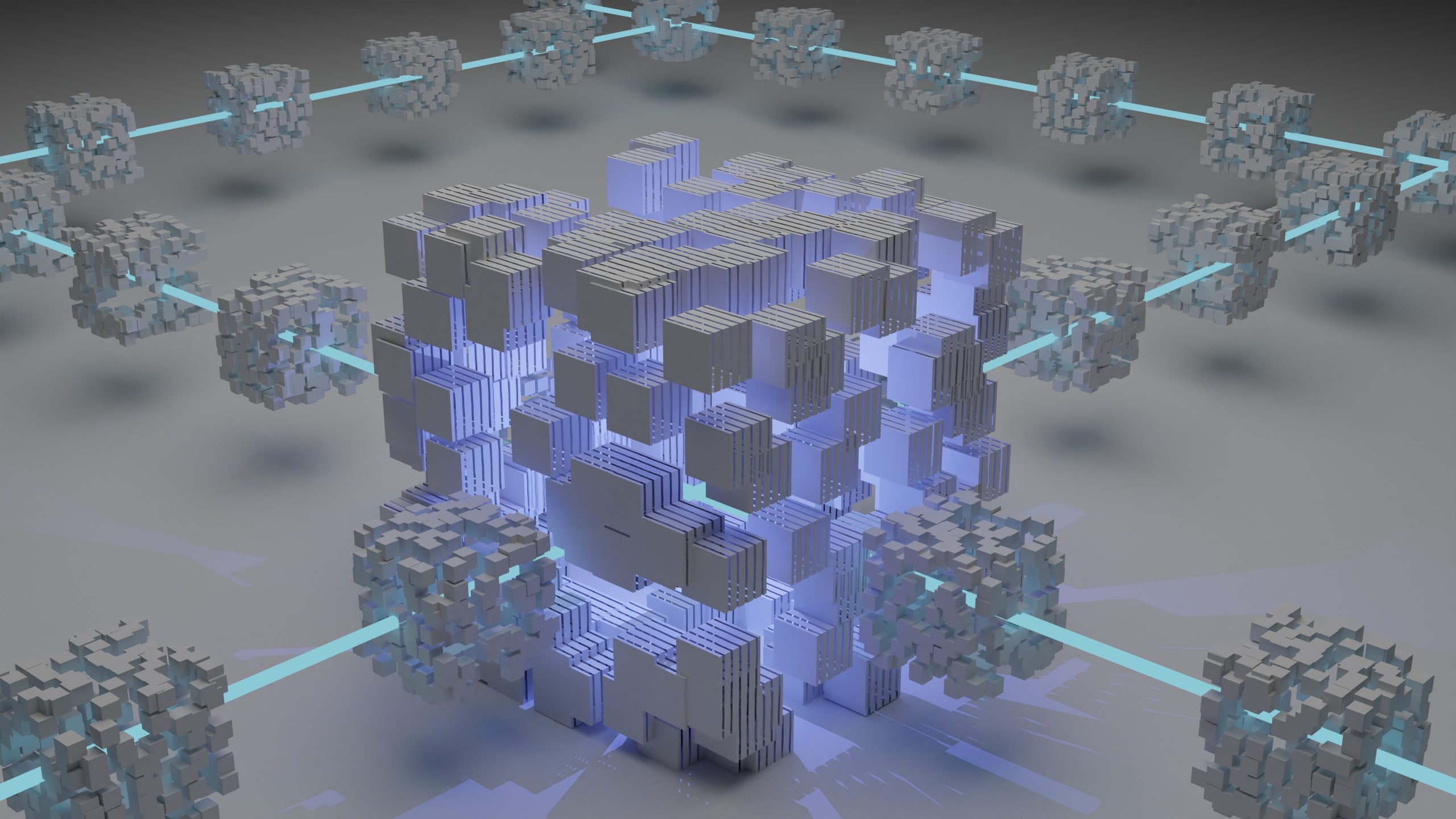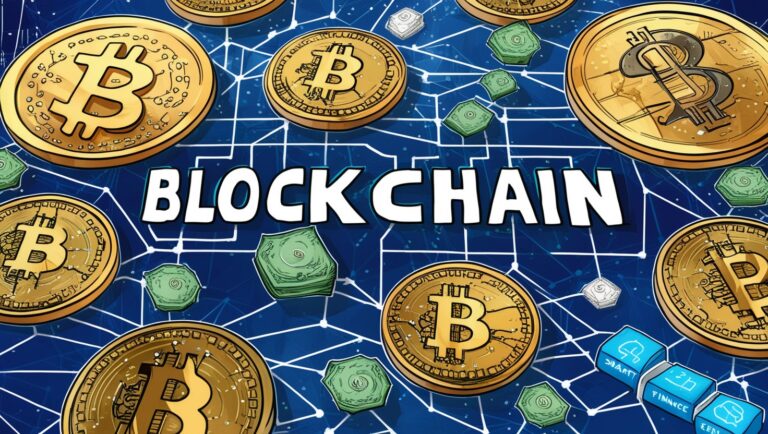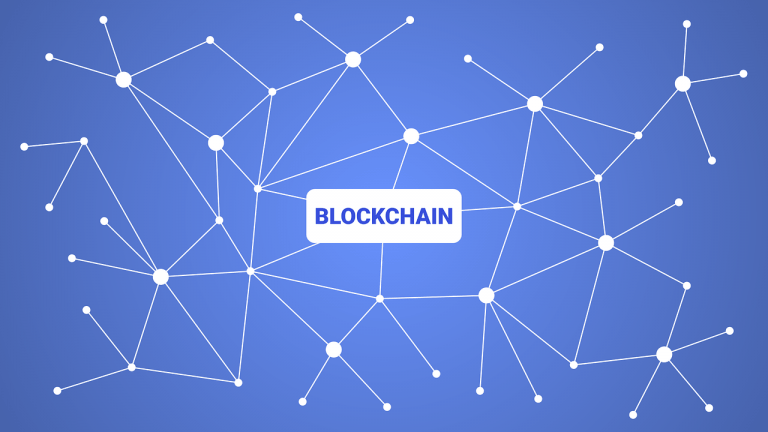What is blockchain and its uses? Explained.

A blockchain is a shared distributed database or ledger between computer network nodes. A blockchain serves as an electronic database for storing data in digital form. The most well-known use of blockchain technology is for maintaining a secure and decentralized record of transactions in cryptocurrency systems like Bitcoin. The innovation of a blockchain is that it fosters trust without the need for a reliable third party by ensuring the fidelity and security of a record of data.
The innovative database technology known as blockchain is what powers almost all cryptocurrencies. Blockchain makes it very difficult to hack or game the system by dispersing identical copies of a database across an entire network. Although cryptocurrency is currently the most popular application for blockchain, the technology has the potential to be used for a very broad range of purposes. Because blockchain data cannot be changed, it is a legitimate disruptor in industries such as payments, cybersecurity, and healthcare.
Why Is Blockchain Such a Big Deal?
Blockchain technology gained notoriety through its connection to cryptocurrencies and NFTs, but it has since developed into a management tool for a variety of international industries. Blockchain technology is currently being used to innovate gaming, secure healthcare data, provide transparency for the food supply chain, and fundamentally alter how we manage data and ownership.
Information is essential to business. It is better if it is received quickly and is accurate. Blockchain is the best technology for delivering that information because it offers real-time, shared, and completely transparent data that is kept on an immutable ledger and accessible only to members of a permissioned network. Among other things, a blockchain network can track orders, payments, accounts, and production. Additionally, because everyone has access to the same version of the truth, you can see every aspect of a transaction from beginning to end, increasing your confidence and opening up new opportunities.
How Do Blockchains Function?
The term “blockchain” refers to a shared ledger that enables a single, secure, and immutable ledger to be maintained by thousands of connected computers or servers. On a blockchain, all data and its full history are accessible to all parties. The information is not under the control of a single party. It is nearly impossible to fabricate transactions because each party can check each one against its own copy of the blockchain. The result is a reliable system free from third parties that is appropriate for all business dealings involving assets, products, money, or content.
The whole point of using a blockchain is to let people — in particular, people who don’t trust one another — share valuable data in a secure, tamperproof way.
— MIT Technology Review
Transactions are often protected through the use of cryptography, which requires nodes to solve complicated mathematical equations in order to complete a transaction. Each transaction is recorded as a “block” of data as it happens. The digital ledger is sometimes depicted as a “chain” made up of distinct data “blocks.” A new “block” is formed and attached to the “chain” as new data is periodically added to the network; this requires that all nodes update their copies of the blockchain ledger to be the same.
Use of Blockchain Technology
Blockchain is used for more than just money transfers. The technology is adaptable to needs outside of one area of expertise due to its secure and transparent nature. Every day, sectors including energy, Supply chain, Healthcare, Education, and more make use of blockchain’s advantages.
Healthcare
Healthcare providers can use blockchain to safely store the medical records of their patients. The ability to write a medical record into the blockchain after it has been created and signed gives patients the assurance that the record cannot be altered. These private health records could be encrypted and kept on the blockchain with a private key so that only specific people can access them, maintaining their privacy.
Supply chain
To manage the supply chain more efficiently, participants can keep track of price, date, location, quality, certification, and other pertinent information using a blockchain supply chain. The availability of this data within blockchain can improve visibility and compliance over outsourced contract manufacturing, increase traceability of the material supply chain, reduce losses from gray market and counterfeit products, and possibly strengthen an organization’s position as a pioneer in ethical manufacturing.
Government
A Government with blockchain technology can increase trust and accountability while securing data, streamlining procedures, and reducing fraud, waste, and abuse. Individuals, companies, and governments all share resources on a distributed ledger that is encrypted using cryptography in a blockchain-based government model. This design removes a single point of failure and automatically safeguards private information belonging to citizens and the government.
Coordination between various parties is frequently necessary for the administration of government-run programs, including pension systems, healthcare, education, and defense, and it almost always involves sensitive data that needs to be protected. Blockchain-supported administration systems allow for the necessary transparency while also enabling real-time coordination between numerous participants.
Finance
Financial transactions and International transfers could become faster, more affordable, transparent, and secure thanks to blockchain technology. Currently, transactions involving money transfers between nations can take several days and involve several third parties. Each of these parties receives a portion of the transaction. This implies that the sender may have suffered a sizable financial loss by the time the money arrived at its intended recipient. A digital ledger, or blockchain, essentially keeps a permanent record of all transactions between two parties. Before a transaction is added to the blockchain, computers on a network verify it. Once a transaction is added to the blockchain, it cannot be altered or tampered with.
Blockchains won’t overthrow the current financial system in its entirety anytime soon. Instead, anticipate that financial institutions will test out blockchain to gauge its potential before gradually integrating it as an addition to their current systems.





